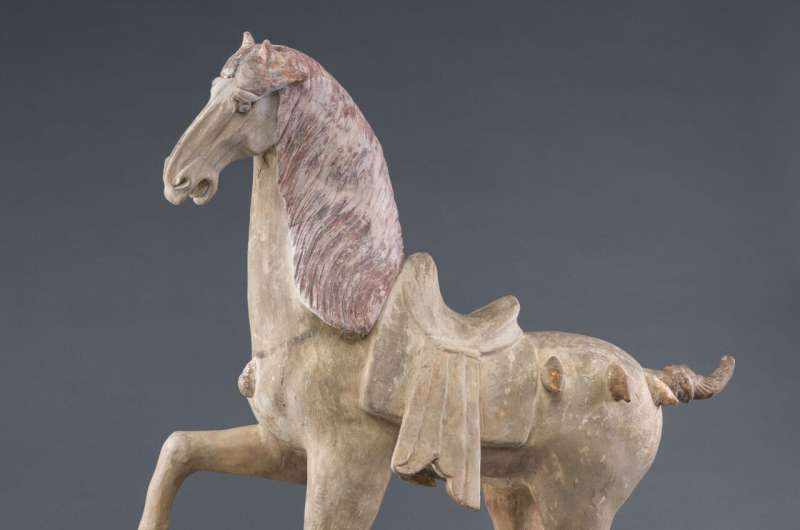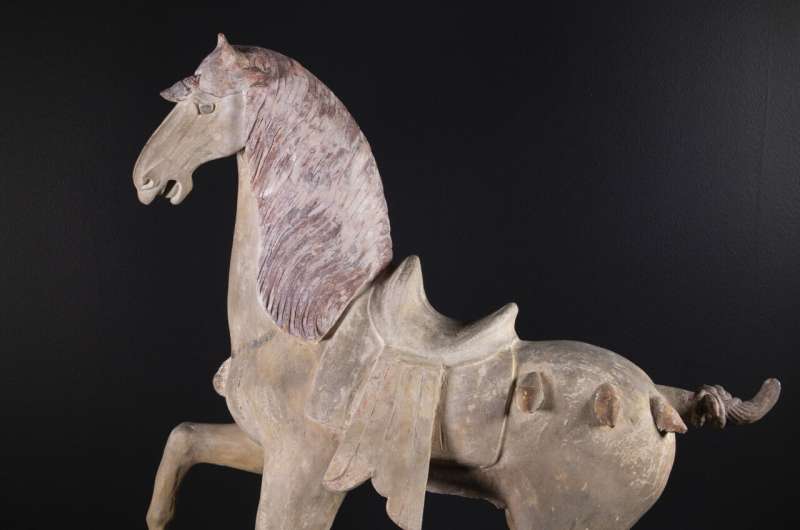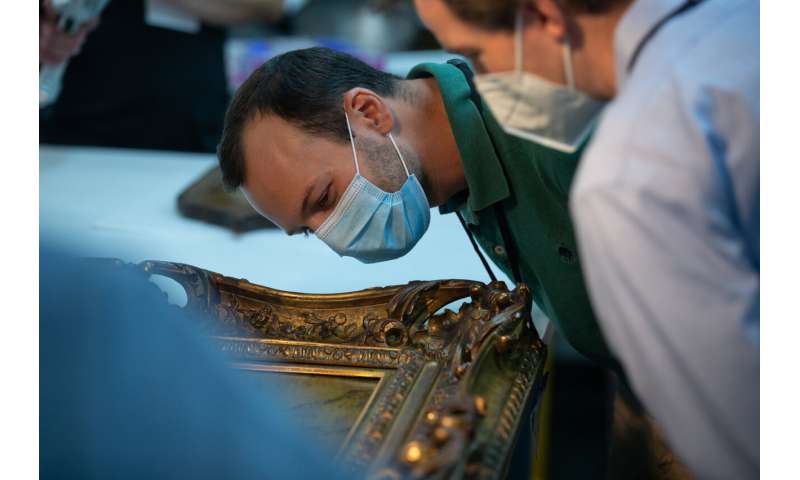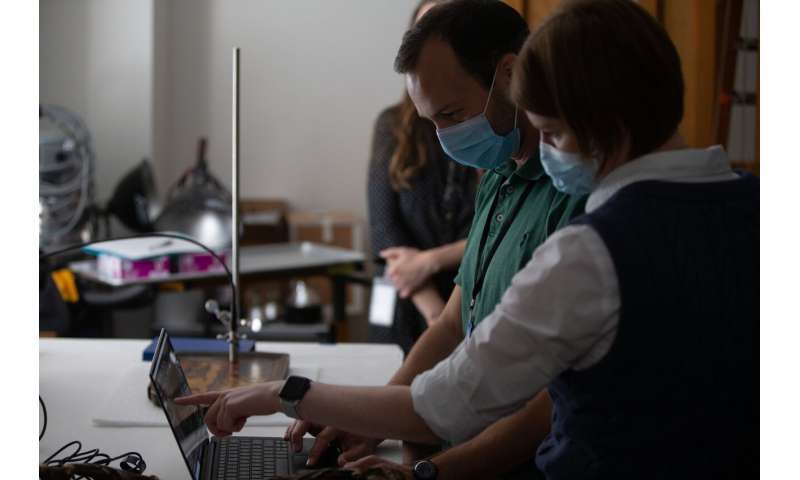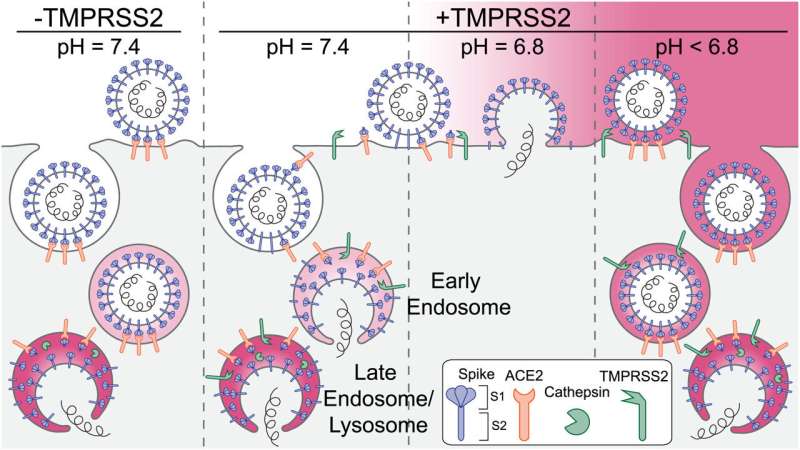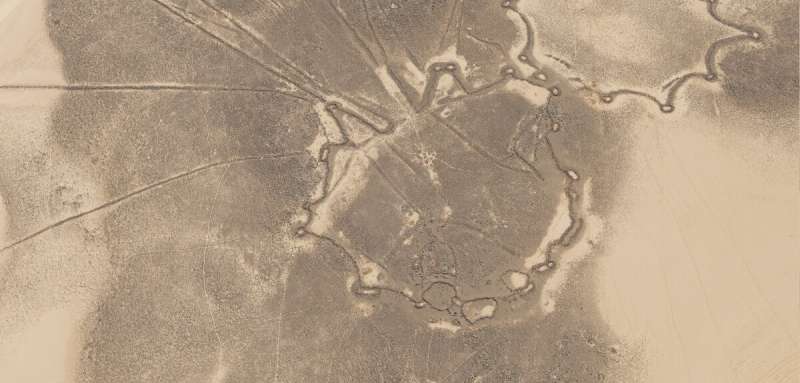'Full-time work doesn't pay': Why are so many working American families living day to day?

Rosalba Hernandez and her husband both work full time at a restaurant, but with five kids, soaring inflation rates and a San Diego apartment that keeps jacking up rent, the family is living day to day.
Things have gotten especially tight after the onset of the pandemic. An immigration raid in 2019 caused Hernandez to lose a second job at a Korean grocery store. And when the restaurant she previously worked at closed after the state entered lockdowns, the family fell $6,000 behind on rent and continue to carry the debt.
Hernandez and her husband have had to be creative to make do. With housing costs up, the couple is renting one room in their two-bedroom apartment to a family member for $800 a month. Day care expenses are out of the question, so Hernandez and her husband work opposite shifts to care for their 1-year-old. Whatever tips Hernandez makes go toward food.
"(It's) stressful because we're worried about hours being cut or being sent home early," Hernandez told USA TODAY through a translator. "Every little bit is helping."
The Hernandez family isn't alone. Basics such as food, housing and medical care are too pricy for many American families, even with full-time jobs.
More than one-third of U.S. families that work full time year-round do not earn enough to cover a basic family budget, according to a recent report from researchers at Brandeis University's diversitydatakids.org program at the Institute for Child, Youth and Family Policy.
The situation is even more dire for Black and Hispanic families, according to the report. More than half cannot afford basic needs, compared to 25% of white families and 23% of Asian and Pacific Islander families. Inequities remain even when controlling for education and occupation.
"This is contributing to a significant difference in the opportunities that families can provide for their children," said Abigail Walters, a research associate at the Institute for Child, Youth and Family Policy. "Full-time work doesn't pay, and families need a raise."
How many families don't earn enough to meet basic needs?
The report found that 35% of families who work full time don't earn enough for basic necessities such as housing, food, medical care, transportation to work, child care and minimal household expenses.
For low-income families—those whose income falls below 200% of the supplemental poverty measure, or $52,492 for two adults and two related children in 2020 it's—77% who can't pay the bills despite working full time.
In 2020, more than a quarter of the population, 89.7 million people, were considered low income per the Population Reference Bureau, a nonprofit that collects statistics for research on the health and structure of populations.
How far off from prosperity are these families?
The report found that low-income families working full time would need an additional $23,500 annually—or $11 more per hour—to cover basic expenses. Black and Hispanic families would need about $26,000 more per year.
The data used in the report is from 2015 to 2019. Researchers say the situation has likely gotten worse after the pandemic brought on massive layoffs and record inflation rates.
What can be done to lift Americans out of poverty?
Researchers noted that earning more isn't as easy as changing fields or taking on a second job.
"(There are) issues with structural racism," Walters said. "There are significant barriers to getting the better job, whether it's due to hiring discrimination or being the last hired and first fired, as well as pay gaps."
Researchers outlined actions employers and policymakers can take to help families:
- Give working families a raise: Employers can help by raising wages, offering more benefits and providing opportunities to advance to higher-paying jobs. Alternatively, policymakers can boost families' incomes with increased tax credits.
- Fix the child care system: A more affordable child care system would also benefit families struggling to afford the basics. The average annual cost of child care in the U.S. is $10,174, according to the nonprofit advocacy group Child Care Aware.
- Expand paid family and medical leave: Researchers say families should be able to afford medical leave without the threat of losing their job or a substantial portion of their income.
Full-time working families still lack benefits
About 80% of families working full time have access to health insurance from their employer if they are white or Asian. If they're Black or Hispanic, it's only 71% and 59%, respectively.
Employer benefits are less common for low-income families. Less than half of low-income Hispanic families with full-time jobs have access to health insurance from their employers.
"(The low wages are) not being made up by employer benefits," said Pamela Joshi, a senior research scientist and the paper's lead author.
Disparities in access to high-speed internet found among Chicago parents
(c)2022 USA Today
Distributed by Tribune Content Agency, LLC.
